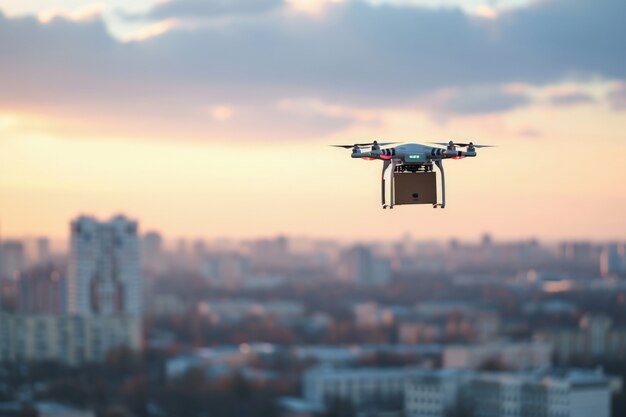
Sponsored article
In an era where drone technologies are constantly evolving, a world exists where advanced detection and neutralization technologies have started to play a pivotal role. This article embarks on a journey exploring that world, unfolding the intricacies of drone detection systems and the advancements in neutralizing technology. It also provides an understanding of diverse mission scenarios where these tech innovations can be leveraged. Join us as we explore this intriguing world of drones.
The world of drone detection technology is a complex online matrix. Unpacking its intricacies reveals a web of cutting-edge systems that are capable of identifying and neutralizing Unmanned Aerial Vehicles (UAVs). In both military and civilian scenarios, these advanced technologies offer effective solutions to diverse threats. By employing a variety of techniques, from radar detection to infrared and radio frequency detection, these systems are comprehensively tackling the issues that come with intrusive drones. An example of a sophisticated and adept solution can be found in UAV detection and neutralization systems which are specifically engineered to meet the most demanding mission requirements. From surveillance to public safety and border control, using innovative and comprehensive technology makes it possible to neutralize any suspected threats efficiently.
The exponential rise in the use of drones has necessitated the corresponding development of advanced neutralizing technology. Packed with multifarious features, these systems are specifically designed to detect and disable any unauthorized airborne objects. Here’s how neutralizing technology has evolved:
These versatile neutralizing technologies are broadening their reach, ensuring their applicability in diverse mission scenarios ranging from military defense to commercial security.
Decoding diverse mission scenarios leveraging drone technology opens a fascinating window into the future of aerial intelligence and law enforcement. Drone technology applications offer a wide range of opportunities for addressing complex challenges in various mission scenarios. From surveillance missions in hazardous terrains to delivering emergency medical supplies in remote areas, the versatility of drones is substantial. In high-risk rescue operations, drones can be deployed to identify stranded individuals or detect threats, proving their applicability and effectiveness. Moreover, drone detection and neutralization technologies ensure the safety and security of operation areas, ensuring an added level of pertinence.